Please sign in to access this resource
Not a Florida public school educator?
Access this resourceon CPALMS.com
General Information
Aligned Standards
This vetted resource aligns to concepts or skills in these benchmarks.Related Videos

Just about anything can be data, including how you interact with social media apps!
Download the CPALMS Perspectives video student note taking guide.

Some places on Earth can be quite remote, like the depths of the ocean. Get there with technology.
Download the CPALMS Perspectives video student note taking guide.

What does bird photography have to do with Mars exploration? Bird photographers employ lots of specialized technology to capture the right moment!
Produced with funding from the Florida Division of Cultural Affairs.
Download the CPALMS Perspectives video student note taking guide.

Does the concept of relative distance register with you? Try this solar system activity.
Download the CPALMS Perspectives video student note taking guide.

Students will be over the moon when they get to model lunar phases with cookies!
Download the CPALMS Perspectives video student note taking guide.

What is compact, packed with sensors, and can be built by students? A satellite that will be launched on a rocket. Check out this pilot program.
Download the CPALMS Perspectives video student note taking guide.

Ken Blackburn, an aerospace engineer for the United States Air Force, describes the relationship between wing shape and flight performance.

Ken Blackburn, an aerospace engineer for the United States Air Force, describes the design and testing process for developing advanced flight hardware.
Download the CPALMS Perspectives video student note taking guide.
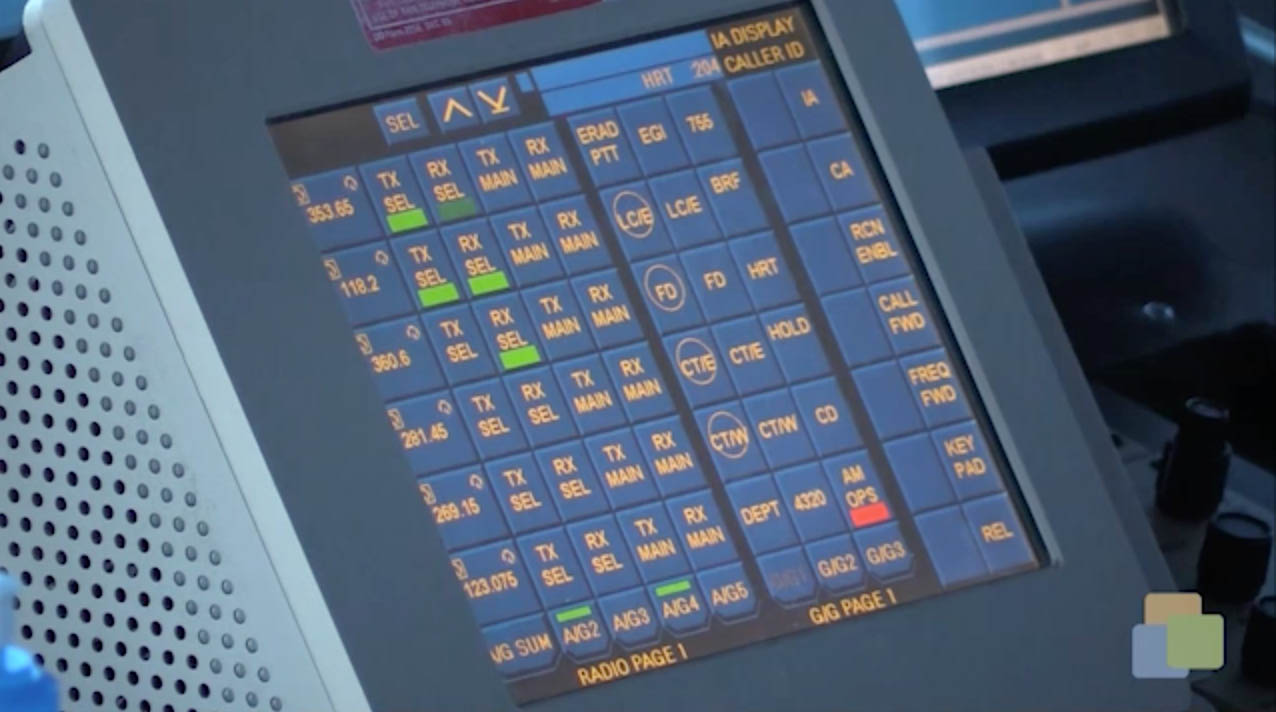
Air Force Test Pilot discusses the need for systematic testing and collection of data for new flight technologies.
Dr. Mahmood Shivji describes a website devoted to displaying shark migration pattern data gathered using satellite tags.
Thumbnail courtesy of
Download the CPALMS Perspectives video student note taking guide.
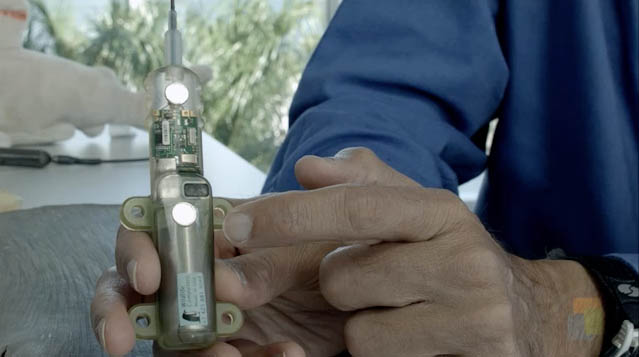
Dr. Mahmood Shivji explains satellite tag technologies used to assess global shark migration patterns.
Download the CPALMS Perspectives video student note taking guide.

In this video, science teacher Susan Cullum describes the impact of field research experiences on classroom teaching practices.
This research is made possible by a grant from the Gulf of Mexico Research Initiative (GoMRI/C-IMAGE II).
This research is made possible by a grant from the NOAA Gulf of Mexico BWET program.
Download the CPALMS Perspectives video student note taking guide.

Listen as science teacher Lauren Watson explains how marine field experiences are translated for the classroom.
This research is made possible by a grant from the Gulf of Mexico Research Initiative (GoMRI/C-IMAGE II).
This research is made possible by a grant from the NOAA Gulf of Mexico BWET program.
Download the CPALMS Perspectives video student note taking guide.
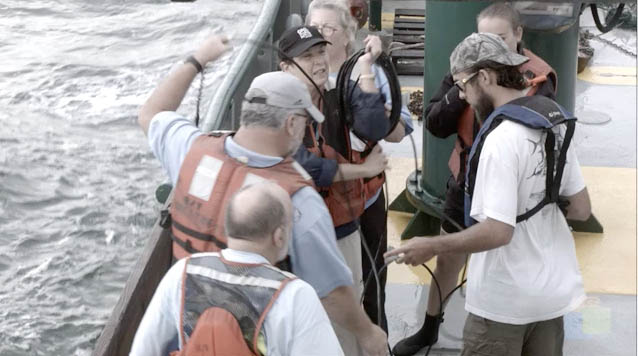
Listen as science teacher Patty Smukall recounts past and present marine field experiences and how they affect teaching practices back in the classroom.
This research is made possible by a grant from the Gulf of Mexico Research Initiative (GoMRI/C-IMAGE II).
This research is made possible by a grant from the NOAA Gulf of Mexico BWET program.
Download the CPALMS Perspectives video student note taking guide.
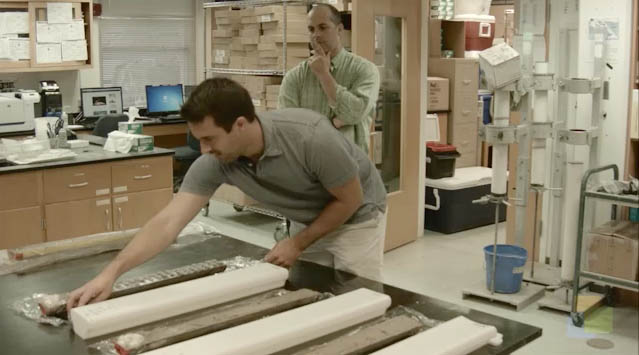
Watch as Brad Rosenheim, a geological oceanographer, explains how modern technology and sampling methods are used for sea level research. Video funded by NSF grant #: OCE-1502753.
Download the CPALMS Perspectives video student note taking guide.
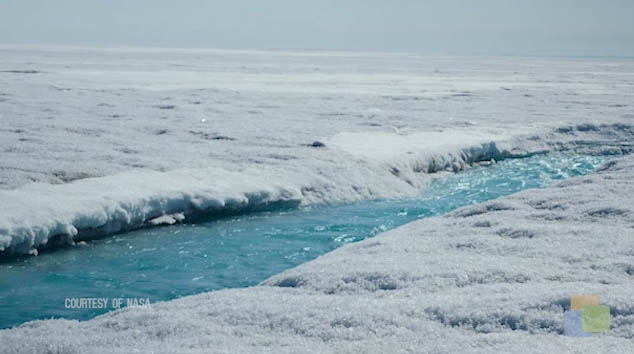
Watch as Don Chambers explains the role of satellites in measuring the mass of ice sheets and the connections between ice sheet mass changes and sea level. Video funded by NSF grant #: OCE-1502753.
Download the CPALMS Perspectives video student note taking guide.
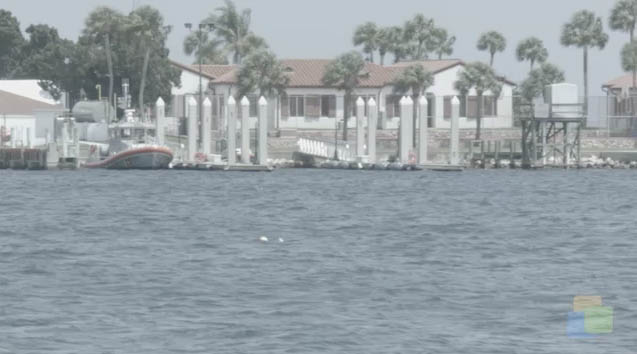
Physical oceanographer Gary Mitchum explains how and why tide gauges and satellites are useful for understanding sea level changes. Video funded by NSF grant #: OCE-1502753.
Download the CPALMS Perspectives video student note taking guide.
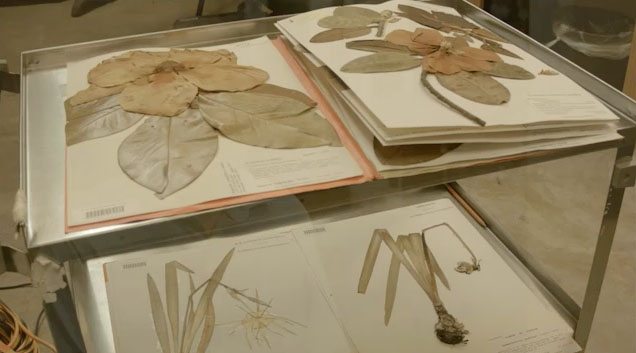
Listen as Dr. Austin Mast describes how and why an herbarium collects, maintains, and distributes plant samples for scientific research.
Download the CPALMS Perspectives video student note taking guide.

Listen closely as Dr. Austin Mast explains how students can help scientists by transcribing data from real herbarium plant samples.
Related Site:
Download the CPALMS Perspectives video student note taking guide.

Immerse yourself in deep-sea geology to learn more about naturally-occurring oil seeps.
Download the CPALMS Perspectives video student note taking guide.

Break new ground when you try this earth science lesson idea.
Download the CPALMS Perspectives video student note taking guide.

Coleman Mackie discusses the process of how he salvages pre-cut timbers from the bottom of river beds, the importance of ring density, buoyancy and the uses of the recovered logs.
Download the CPALMS Perspectives video student note taking guide.

Glass artist Russel Scaturro explains how fine control of gas flow aids efforts to minimize his carbon footprint toward a larger goal of environmentally-conscious fabrication methodology.
Download the CPALMS Perspectives video student note taking guide.
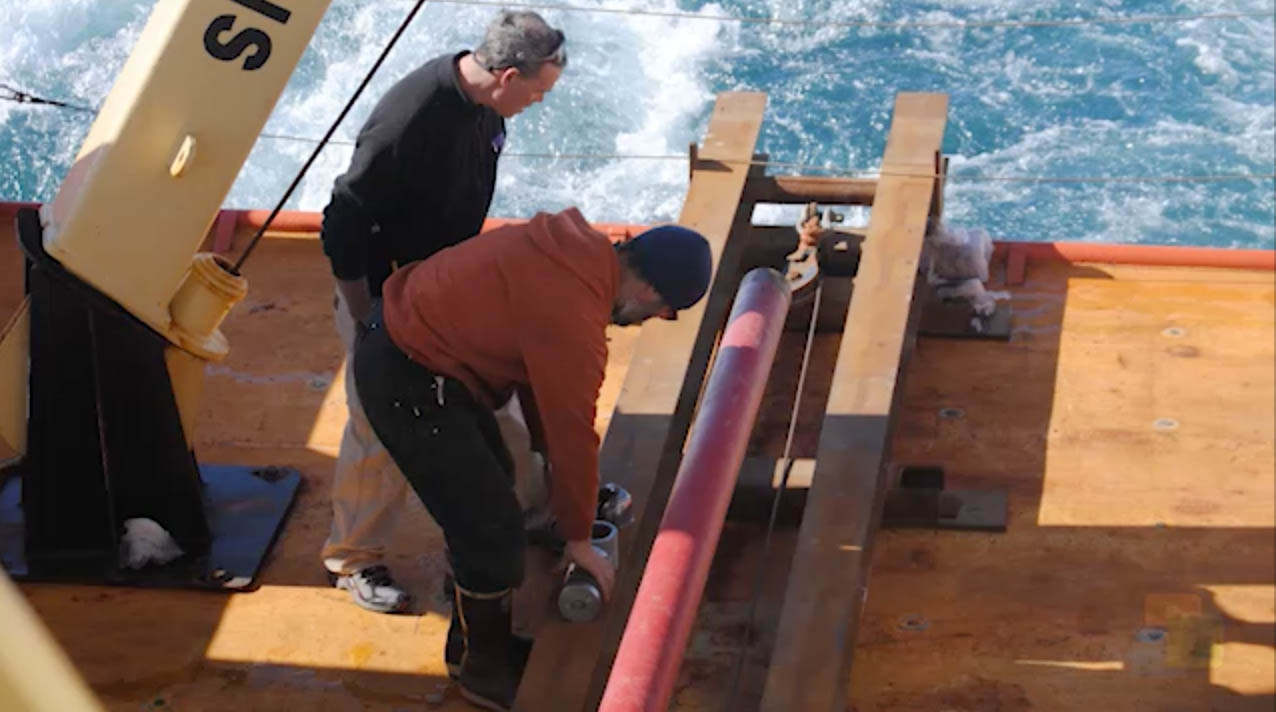
In this video, Eugene Domack explains how past Antarctic ice sheet movement rates allow us to understand sea level changes. Video funded by NSF grant #: OCE-1502753.
Download the CPALMS Perspectives video student note taking guide.
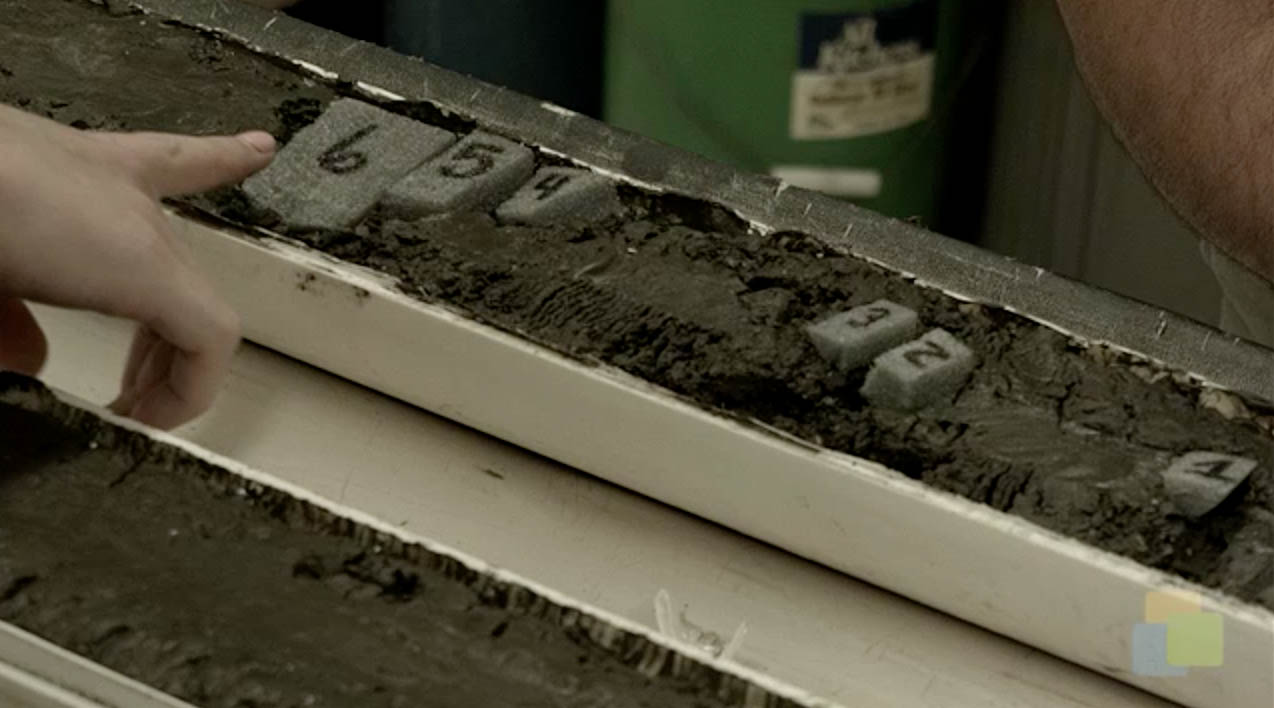
Eugene Domack, a geological oceanographer, describes how sediment cores are collected and used to estimate rates of ice sheet movement in Antarctica. Video funded by NSF grant #: OCE-1502753.
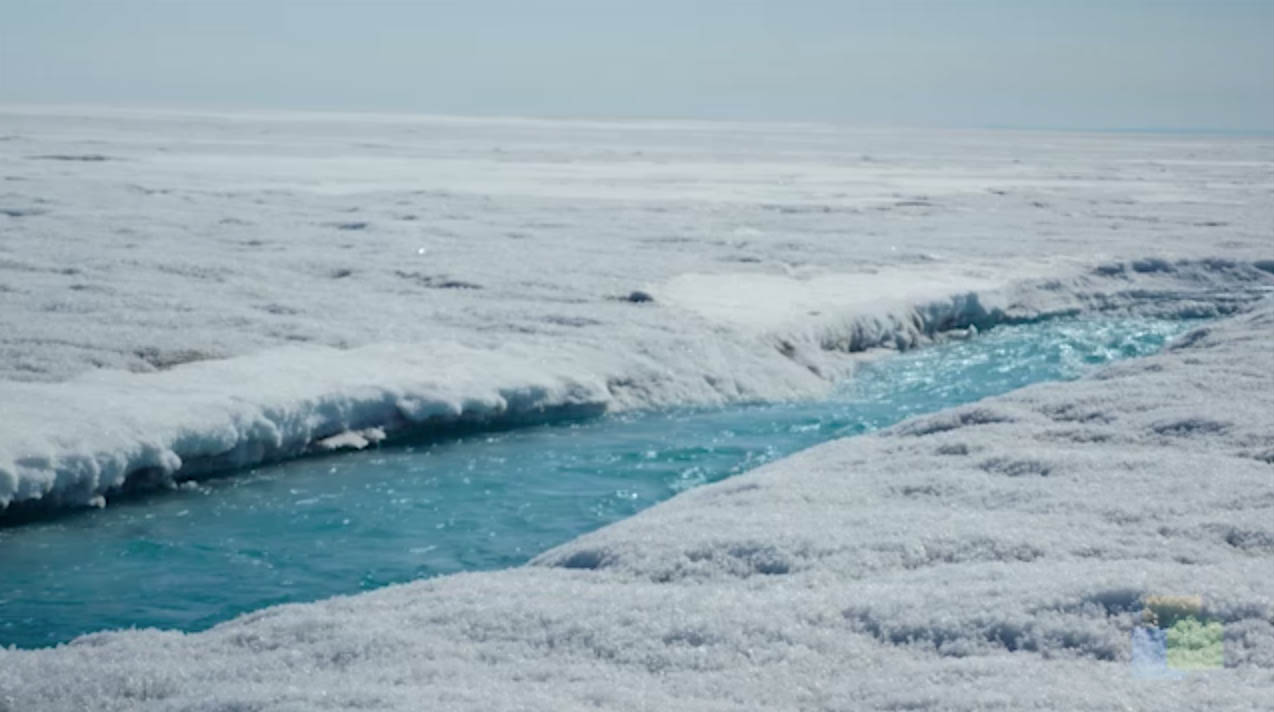
In this video, Brad Rosenheim describes how Louisiana sediment cores are used to estimate sea level changes over the last 10,000 years. Video funded by NSF grant #: OCE-1502753.
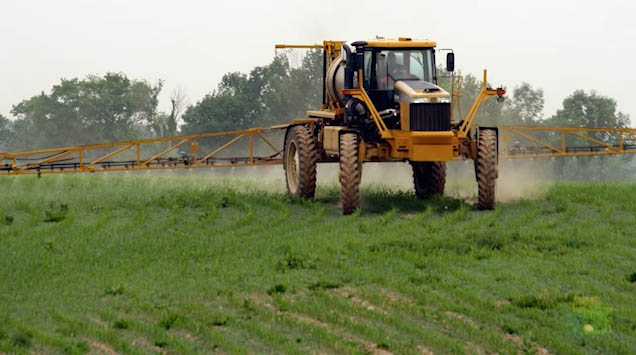
Dean Grubbs explains the ways in which humans can impact the ocean.
Download the CPALMS Perspectives video student note taking guide.
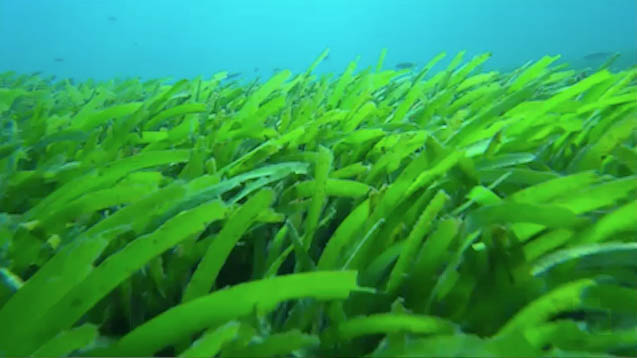
Dean Grubbs discusses where fish populations are found and the ocean features that are present around Florida.
Download the CPALMS Perspectives video student note taking guide.
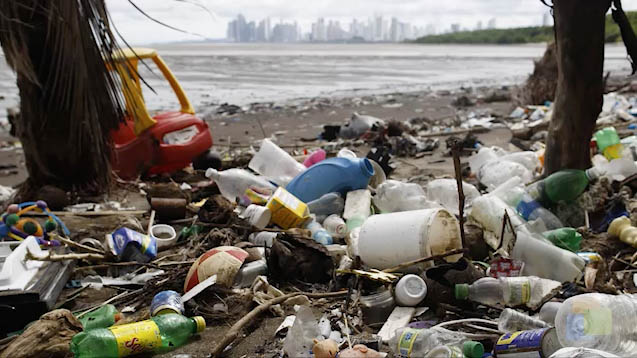
Dean Grubbs explains how different types of trash, like plastics, ends up in the ocean and how they become a detriment to marine life.
Download the CPALMS Perspectives video student note taking guide.
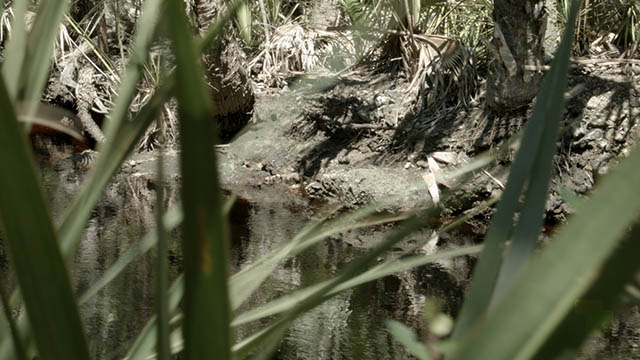
Geologist Harley Means discusses the characteristics of karst geology.
Download the CPALMS Perspectives video student note taking guide.
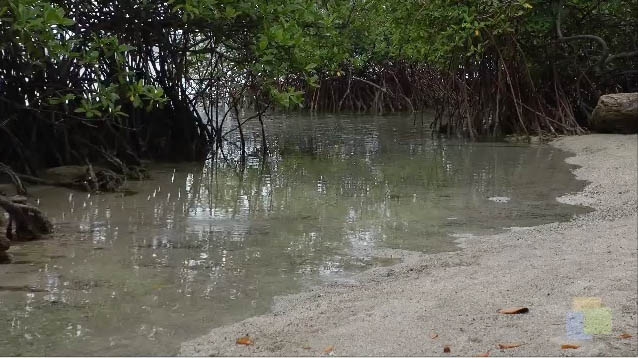
Christopher Williams discusses the different types of coastlines that are found in Florida.
Download the CPALMS Perspectives video student note taking guide.
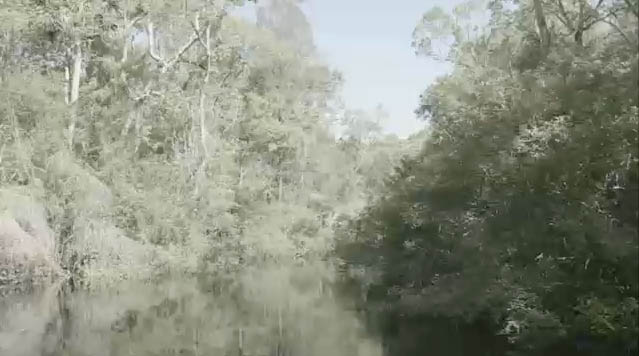
Kent Koptiuch talks about watersheds and water quality.
Download the CPALMS Perspectives video student note taking guide.
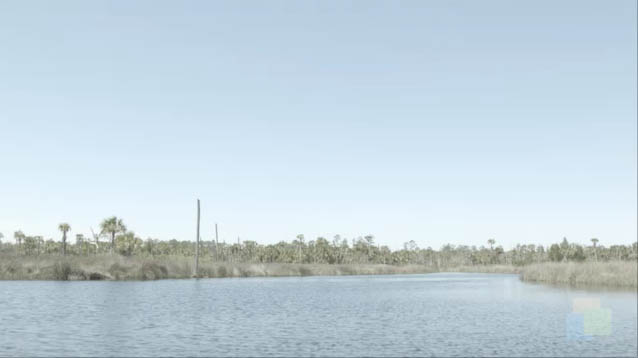
Christopher Williams, Coastal Geologist, talks about the characteristics of coastlines.
Download the CPALMS Perspectives video student note taking guide.
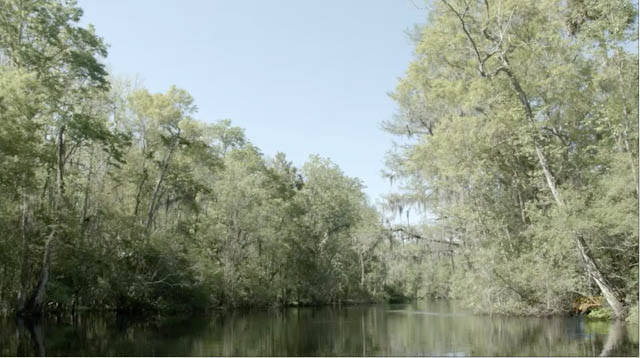
Harley Means discusses the mathematical methods hydrologists use to calculate the velocity of rivers.
Download the CPALMS Perspectives video student note taking guide.

Let this researcher explain how studying fossils and isotopes can help us understand ancient climate conditions!
Download the CPALMS Perspectives video student note taking guide.

When your classroom is the open ocean, which is the longest period? The one from the tsunami.
Related Resources:
KROS Pacific Ocean Kayak Journey: GPS Data Set[.XLSX]
KROS Pacific Ocean Kayak Journey: Path Visualization for Google Earth[.KML]
Download the CPALMS Perspectives video student note taking guide.

Hear how mathematics helped shape Dr. James O'Brien's groundbreaking research in ocean modeling of El Niño.

COAPS oceanographer Dmitry Dukhovskoy describes the process used to mathematically model eddy shedding in the Gulf of Mexico.

Listen to a discussion about how moist atmospheric rivers are influencing increased monsoonal events.
Download the CPALMS Perspectives video student note taking guide.

This FSU professor discusses the limitations and need for improvement to models used to forecast hurricanes.

In the Earth's systems, everything is connected! This meteorologist explains the relationship between monsoonal heat columns and polar ice-melt.
Download the CPALMS Perspectives video student note taking guide.

A discussion focusing on the predictions that underestimated the storm surge from Hurricane Dennis on the Florida panhandle.
Download the CPALMS Perspectives video student note taking guide.

To understand atmospheric and oceanic currents, one needs a well-rounded understanding of geometry and the shape of the Earth.

Dissolved oxygen is important to all life in and out of the water! Learn more in this video!
Download the CPALMS Perspectives video student note taking guide.

A climatologist rains down information about how physical factors form regional climates.
Download the CPALMS Perspectives video student note taking guide.

Listen up as a meteorologist explains how weather balloons work and how they collect data for models they can use to make forecasts.
Download the CPALMS Perspectives video student note taking guide.

A discussion describing ocean currents studied by a physical oceanographer and how math is involved.

What happens when math models go wrong in forecasting hurricanes?
Download the CPALMS Perspectives video student note taking guide.

COAPS oceanographer Steve Morey describes how math is used to help research hurricanes and strong deep ocean currents that could effect deep water oil rigs.
Download the CPALMS Perspectives video student note taking guide.

Description needed. Light Reflection, Refraction, & Absorption
Download the CPALMS Perspectives video student note taking guide.

A climatologist raises the bar with this classroom-ready 3D fluid dynamics weather demonstration.
Download the CPALMS Perspectives video student note taking guide.

Learn how the ocean pressures the climate into changing.
Download the CPALMS Perspectives video student note taking guide.

In a fog about weather patterns? This climatologist will demystify the topic for you.

Major Paul Homan describes the needs and capabilities of the United States Air Force with regard to global weather prediction and modeling.
Download the CPALMS Perspectives video student note taking guide.
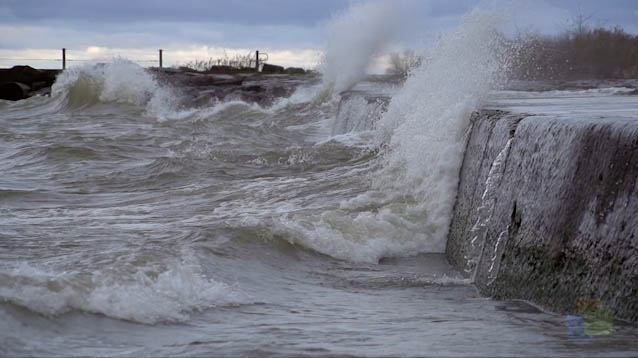
Entrepreneur and meteorologist Mark Powell discusses the need for statistics in his mathematical modeling program to help better understand hurricanes.
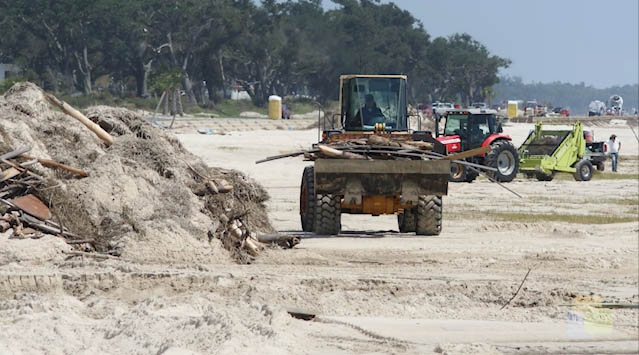
Hurricanes can hit at any time! How do insurance companies use math and weather data to help to restore the community?
Download the CPALMS Perspectives video student note taking guide.
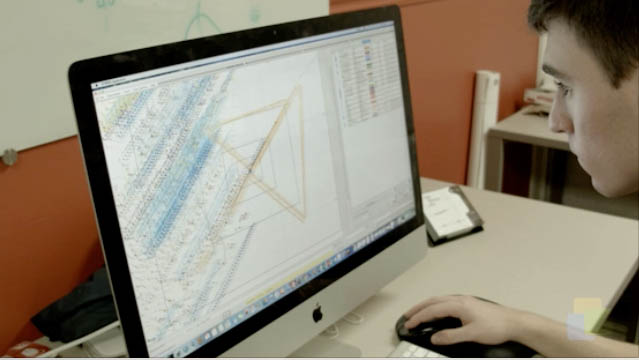
Meteorologist, Michael Kozar, discusses the limitations to existing hurricane scales and how he is helping to develop an improved scale.
Download the CPALMS Perspectives video student note taking guide.
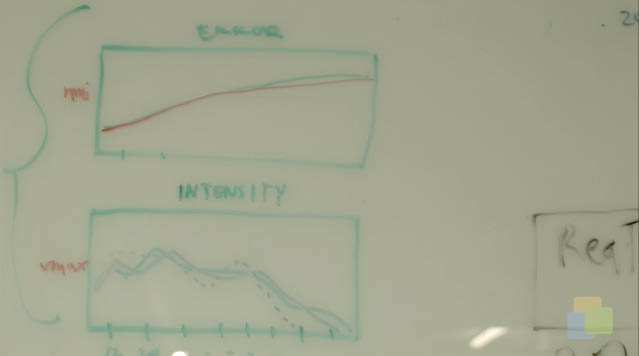
Meteorologist from Risk Management discusses the use of probability in predicting hurricane tracks.
Download the CPALMS Perspectives video student note taking guide.

Dean Grubbs discusses biogeochemical cycles in the oceans and their impact.
Download the CPALMS Perspectives video student note taking guide.
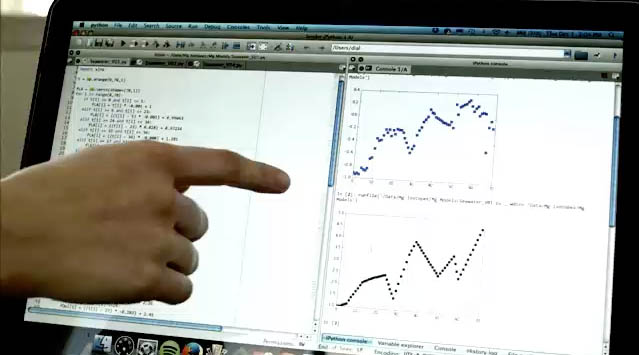
Angela Dial discusses how she solves systems of equations to determine how the composition of ocean floor sediment has changed over 65 million years to help reveal more information regarding climate change.
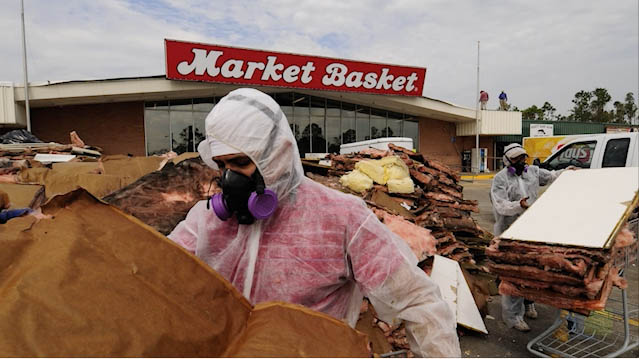
Michael Kozar speaks about severe weather and hurricane impacts.
Download the CPALMS Perspectives video student note taking guide.
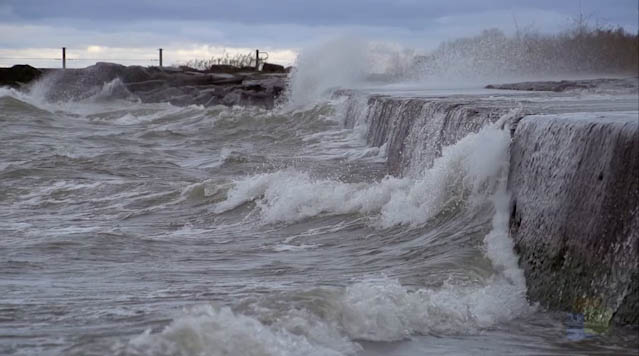
Michael Kozar talks about the influence land and water have on severe weather.
Download the CPALMS Perspectives video student note taking guide.
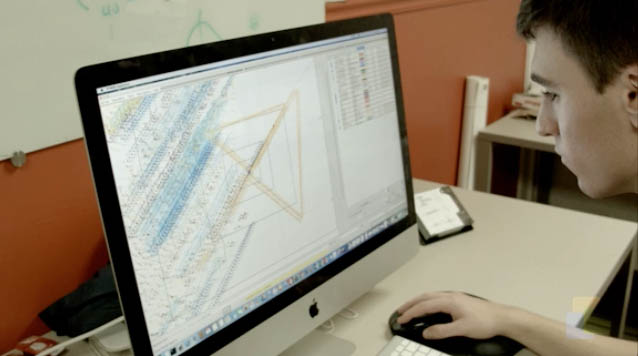
Mark Powell discusses the models used for hurricane predictions and the limitations that exist.
Download the CPALMS Perspectives video student note taking guide.
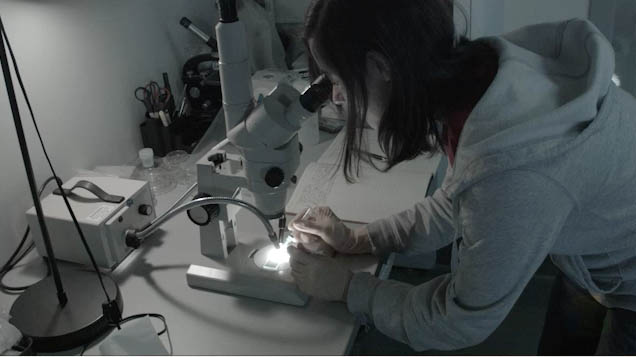
Angela Dial talks about using ocean core proxy data to investigate Earth's climate from the past.
Download the CPALMS Perspectives video student note taking guide.
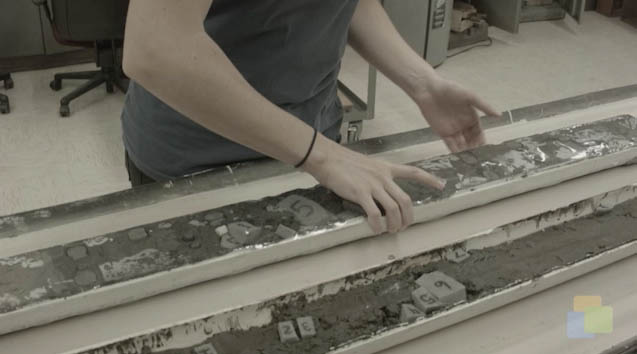
Angela Dial discusses the geologic and scientific evidence related to climate change in the past.
Download the CPALMS Perspectives video student note taking guide.
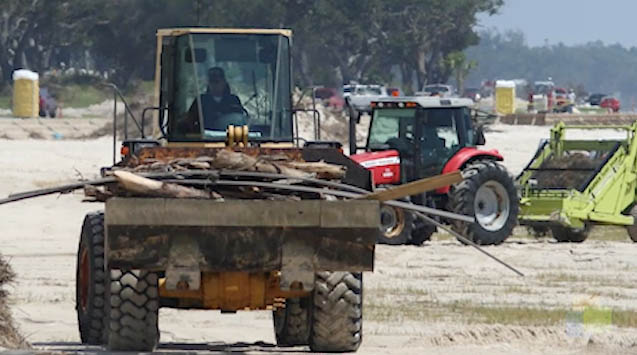
Mark Powell discusses the impacts that a hurricane can have.
Download the CPALMS Perspectives video student note taking guide.
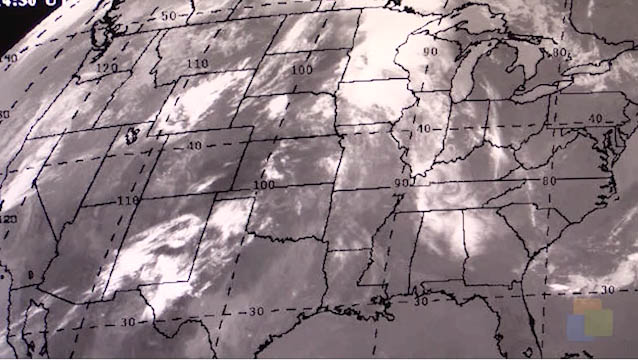
Jon Ahlquist discusses the various factors in weather predictions and why they are so important to our lives.
Download the CPALMS Perspectives video student note taking guide.

Jon Ahlquist discusses ensemble forecasting and how technology has allowed us to collect important data for the understanding of weather.
Download the CPALMS Perspectives video student note taking guide.
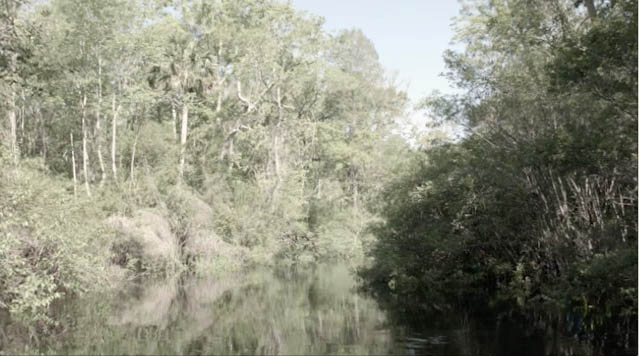
Kent Koptiuch talks about aquifers and the importance of water quality.
Download the CPALMS Perspectives video student note taking guide.
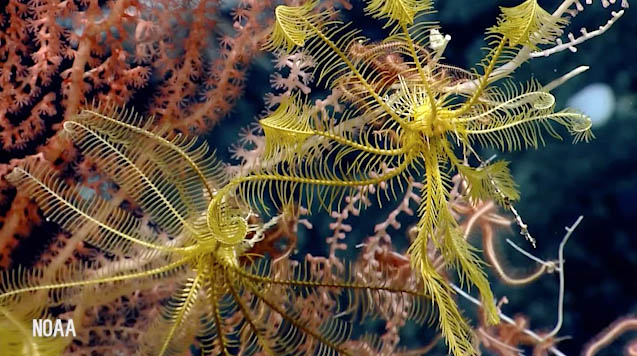
Sandra Brooke, from FSU Marine Lab, talks about undersea canyon ecosystems.
Download the CPALMS Perspectives video student note taking guide.
![Cpalms [Logo]](/images/cpalms_color.png)







